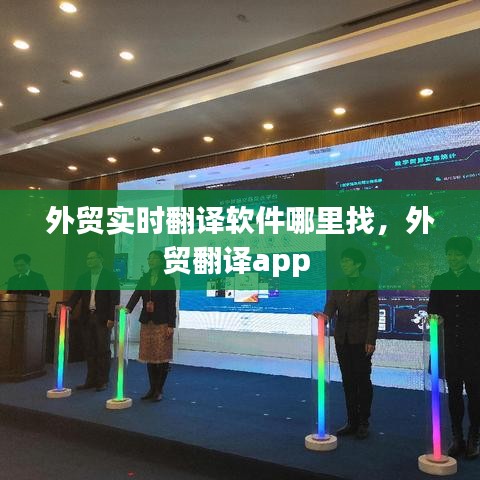Understanding the Concept of Real-Time Synchronization
In today's fast-paced digital world, the term "real-time synchronization" has become increasingly important. It refers to the process of keeping data or information up-to-date across multiple systems or devices simultaneously. This concept is crucial in various fields, including technology, communication, and data management. To better understand this term, let's delve into its definition, applications, and significance.
Definition of Real-Time Synchronization
Real-time synchronization is the act of ensuring that data or information is updated and available across different systems or devices in real-time. This means that any changes made to the data in one system are immediately reflected in all other systems connected to the synchronization process. The goal is to provide users with the most current and accurate information at all times.
How Real-Time Synchronization Works
Real-time synchronization relies on various technologies and protocols to ensure that data is updated in real-time. Some of the key components and processes involved include:
Network Infrastructure: A robust and reliable network infrastructure is essential for real-time synchronization. This includes high-speed internet connections, secure data transmission protocols, and low-latency communication channels.
Database Management: Databases play a crucial role in real-time synchronization. They store and manage the data that needs to be synchronized across different systems. Advanced database management systems (DBMS) are used to ensure data integrity and consistency.
Application Programming Interfaces (APIs): APIs allow different software applications to communicate with each other. They facilitate the exchange of data between systems and enable real-time synchronization.
Change Data Capture (CDC): CDC is a technique used to capture and propagate changes to data in real-time. It allows systems to stay synchronized by detecting and applying changes as they occur.
Applications of Real-Time Synchronization
Real-time synchronization is used in a wide range of applications across various industries. Some of the most common examples include:
Financial Services: In the financial sector, real-time synchronization is crucial for ensuring that transactions are processed accurately and promptly. It helps prevent discrepancies and ensures that all parties involved have access to the most current information.
Healthcare: In healthcare, real-time synchronization is essential for maintaining patient records and treatment plans. It allows healthcare providers to access and update patient information quickly, leading to better patient care and outcomes.
Supply Chain Management: Real-time synchronization in supply chain management ensures that inventory levels, order statuses, and shipping information are up-to-date. This helps businesses optimize their operations and reduce costs.
Communication and Collaboration: Real-time synchronization is used in communication and collaboration tools to ensure that team members have access to the latest information and documents. This enhances productivity and enables seamless collaboration.
Benefits of Real-Time Synchronization
Implementing real-time synchronization offers several benefits, including:
Improved Accuracy: By ensuring that data is up-to-date across all systems, real-time synchronization reduces the risk of errors and discrepancies.
Enhanced Productivity: Real-time access to information allows users to make informed decisions quickly, leading to increased productivity.
Reduced Costs: Real-time synchronization can help businesses reduce costs by optimizing operations, minimizing errors, and improving efficiency.
Increased Reliability: With real-time synchronization, users can trust that the information they are working with is accurate and up-to-date.
Challenges and Considerations
While real-time synchronization offers numerous benefits, it also comes with its own set of challenges and considerations:
Complexity: Implementing real-time synchronization can be complex, requiring a deep understanding of various technologies and protocols.
Security: Ensuring the security of data during synchronization is crucial. Measures such as encryption and secure communication channels must be in place to protect sensitive information.
Scalability: As businesses grow, their synchronization needs may change. Real-time
转载请注明来自瑞丽市段聪兰食品店,本文标题:《实时同步用英语怎么说呢,实时互动英语怎么说 》













 滇ICP备2023011059号-1
滇ICP备2023011059号-1